Methyl anthranilate
Synonym(s):Methyl 2-aminobenzoate;Methyl anthranilate
- CAS NO.:134-20-3
- Empirical Formula: C8H9NO2
- Molecular Weight: 151.16
- MDL number: MFCD00007710
- EINECS: 205-132-4
- SAFETY DATA SHEET (SDS)
- Update Date: 2025-12-22 14:18:24
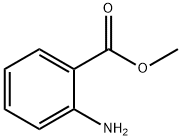
What is Methyl anthranilate?
Description
Methyl anthranilate, also known as MA, is a benzoate ester that is the methyl ester of anthranilic acid. It has a role as a metabolite and a flavouring agent. Methyl anthranilate has been reported in Camellia sinensis, Citrus reticulata, and other organisms with data available. It is an essential aroma chemical for orange flower notes, as well as jasmine and tuberose. It has a distinctly grape-like odour which makes it great for fruit bases also.
Chemical properties
Methyl Anthranilate occurs in a large
number of blossom essential oils (e.g., neroli, ylang-ylang, and jasmine oils),
grapes, and citrus oils. It occurs as white crystals (mp 24–25°C), or a yellowish
liquid, that show blue fluorescence and have an orange blossom odor. Methyl
anthranilate is prepared by esterification of anthranilic acid with methanol or by
reaction of isatoic anhydride with methanol.
It is used in a large number of blossom fragrances. However, its use in perfumes
for soaps and cosmetics is limited because it causes discoloration. It is used in
flavor compositions (e.g., in grape and citrus flavors).
Occurrence
Methyl anthranilate naturally occurs in the Concord grapes and other Vitis labrusca grapes or hybrids thereof, and in bergamot, black locust, champaca , gardenia, jasmine, lemon, mandarin, neroli, oranges, rue oil, strawberry, tuberose, wisteria, galangal and ylang ylang. It is also a primary component of the essential apple flavor, along with ethyl acetate and ethyl butyrate.It is also secreted by the musk glands of foxes and dogs, and lends a "sickly sweetness" to the smell of rotting flesh.
The Uses of Methyl anthranilate
Methyl anthranilate acts as a bird repellent. It is food-grade and can be used to protect corn, sunflowers, rice, fruit, and golf courses. Dimethyl anthranilate (DMA) has a similar effect. It is also used for the flavor of grape Kool Aid. It is used for flavoring of candy, soft drinks (e.g. grape soda), gums, and drugs.
Methyl anthranilate both as a component of various natural essential oils and as a synthesised aroma-chemical is used extensively in modern perfumery . It is also used to produce Schiff's Bases with aldehydes, many of which are also used in perfumery. In a perfumery context the most common Schiff's Base is known as aurantiol - produced by combining methyl anthranilate and hydroxyl citronellal.
Definition
ChEBI: Methyl anthranilate is a benzoate ester that is the methyl ester of anthranilic acid. It has a role as a metabolite and a flavouring agent. It derives from an anthranilic acid.
Preparation
By heating anthranilic acid and methyl alcohol in the presence of sulfuric acid and subsequent distillation.
Synthesis Reference(s)
Tetrahedron Letters, 33, p. 3599, 1992 DOI: 10.1016/S0040-4039(00)92512-7
Air & Water Reactions
Methyl anthranilate is sensitive to air and light. Slightly water soluble .
Reactivity Profile
An amine and ester. Amines are chemical bases. They neutralize acids to form salts plus water. These acid-base reactions are exothermic. The amount of heat that is evolved per mole of amine in a neutralization is largely independent of the strength of the amine as a base. Amines may be incompatible with isocyanates, halogenated organics, peroxides, phenols (acidic), epoxides, anhydrides, and acid halides. Flammable gaseous hydrogen is generated by amines in combination with strong reducing agents, such as hydrides. Esters react with acids to liberate heat along with alcohols and acids. Strong oxidizing acids may cause a vigorous reaction that is sufficiently exothermic to ignite the reaction products. Heat is also generated by the interaction of esters with caustic solutions. Flammable hydrogen is generated by mixing esters with alkali metals and hydrides.
Fire Hazard
Methyl anthranilate is combustible.
Safety Profile
Moderately toxic by ingestion. Experimental reproductive effects. A skin irritant. See also ESTERS. Combustible liquid. When heated to decomposition it emits toxic fumes of NOx.
Toxicology
Methyl anthranilate is a colorless liquid that has a sweet, fruity, grape-like flavor. It is found in the essential oils of orange, lemon, and jasmine and has been widely used to create imitation Concord grape flavor. Table 10.8 shows the acute toxicity of methyl anthranilate. Methyl anthranilate promotes some allergic reactions on human skin, which has led to it being prohibited for use in cosmetic products.
Safety
Methyl anthranilate is a plant-based compound with a long history of use as a flavor additive for foods and beverages, and as an aromatic used extensively in perfumery. As such, the US Department of Agriculture (USDA) and the Food and Drug Administration (FDA) have approved MA as "generally recognized as safe".
Metabolism
It is probable that this ester is hydrolysed and the anthranilate is excreted mostly as oaminobenzoyl glucuronide (Charconnet-Harding, Dalgliesh & Neuberger, 1953).
Solubility in organics
Methyl anthranilate is soluble in ethanol and propylene glycol. It is insoluble in paraffin oil.
Toxicity evaluation
Even though MA is palatable to humans, it is an irritant to birds. The bird-repellent properties of MA and related compounds were discovered in the late 1950s (25). The mode of action is via the trigeminal nerve. Thus, all avian species tested so far perceive MA as an irritant, not as a taste repellent per se.
Properties of Methyl anthranilate
| Melting point: | 24 °C (lit.) |
| Boiling point: | 256 °C (lit.) |
| Density | 1.168 g/mL at 25 °C (lit.) |
| vapor pressure | 1 mm Hg ( 20 °C) |
| refractive index | n |
| FEMA | 2682 | METHYL ANTHRANILATE |
| Flash point: | 220 °F |
| storage temp. | Keep in dark place,Inert atmosphere,Room temperature |
| solubility | alcohol: freely soluble(lit.) |
| form | Liquid |
| pka | pK1:2.23(+1) (25°C) |
| color | Clear yellow-brown |
| Odor | grape odor |
| PH | 7.5-8 (H2O, 20℃)Aqueous solution |
| explosive limit | 1.4-7.8%(V) |
| Water Solubility | slightly soluble |
| Sensitive | Air Sensitive |
| JECFA Number | 1534 |
| Merck | 14,6020 |
| BRN | 606965 |
| Stability: | Stable. Combustible. Incompatible with strong oxidizing agents. |
| CAS DataBase Reference | 134-20-3(CAS DataBase Reference) |
| NIST Chemistry Reference | Benzoic acid, 2-amino-, methyl ester(134-20-3) |
| EPA Substance Registry System | Methyl anthranilate (134-20-3) |
Safety information for Methyl anthranilate
| Signal word | Warning |
| Pictogram(s) |
 Exclamation Mark Irritant GHS07 |
| GHS Hazard Statements |
H319:Serious eye damage/eye irritation |
| Precautionary Statement Codes |
P264:Wash hands thoroughly after handling. P264:Wash skin thouroughly after handling. P280:Wear protective gloves/protective clothing/eye protection/face protection. P305+P351+P338:IF IN EYES: Rinse cautiously with water for several minutes. Remove contact lenses, if present and easy to do. Continuerinsing. P337+P313:IF eye irritation persists: Get medical advice/attention. |
Computed Descriptors for Methyl anthranilate
| InChIKey | VAMXMNNIEUEQDV-UHFFFAOYSA-N |
Methyl anthranilate manufacturer
SAKEM LLP
Kavya Pharma
New Products
4,4-Difluoropiperidine hydrochloride tert-butyl 9-methoxy-3-azaspiro[5.5]undecane-3-carboxylate Indole Methyl Resin N-Isopropylurea N,N-Dicyclohexylcarbodiimide(DCC) MELDRUMS ACID 5-METHYLISOXAZOLE-4-CARBOXYLIC ACID Magnessium Bis glycinate Zinc ascorbate 1-bromo-2-butyne 2-acetamidophenol 9(10H)-anthracenone Erythrosin B, 4-Piperidinopiperidine 2-((4-morpholinophenylamino) (methylthio) methylene) malononitrile 2,4-dihydroxybenzaldehyde 3-(4-morpholinophenylamino)-5-amino-1H-pyrazole-4-carbonitrile Methyl 2-methylquinoline-6-carboxylate 2,6-dichloro-4-nitropyridine 4-Bromo-2-chlorobenzonitrile 2-(benzylamino)acetic acid hydrochloride 4-(tert-Butoxycarbonylamino)but- 2-ynoic acid 3,4-dihydro-2H-benzo[b][1,4]dioxepine 1-Phenyl-1-cycloprppanecarboxylicacidRelated products of tetrahydrofuran
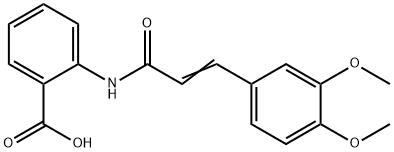

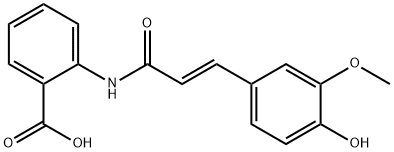
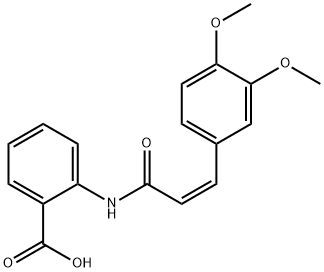
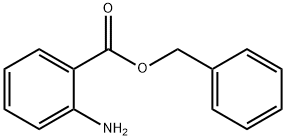


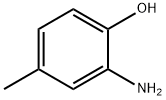
You may like
-
 Methyl anthranilate 98%View Details
Methyl anthranilate 98%View Details -
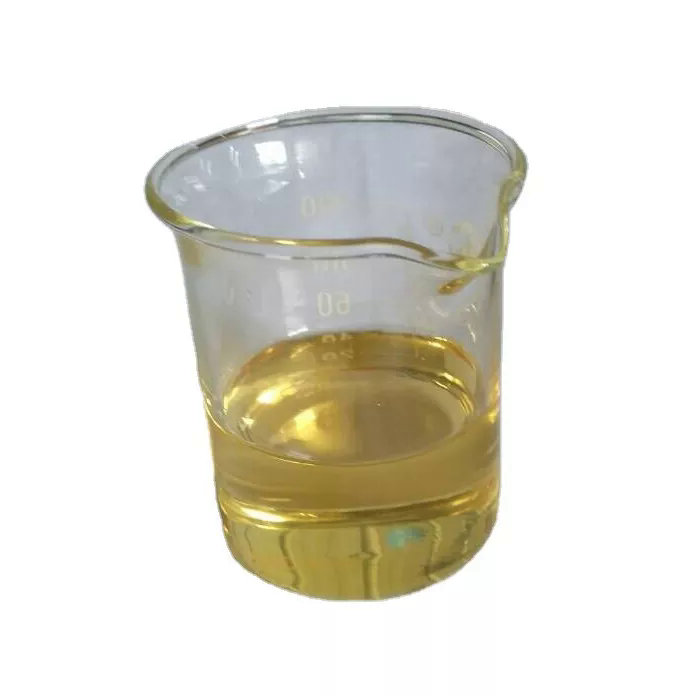 Methyl anthranilate 98%View Details
Methyl anthranilate 98%View Details
134-20-3 -
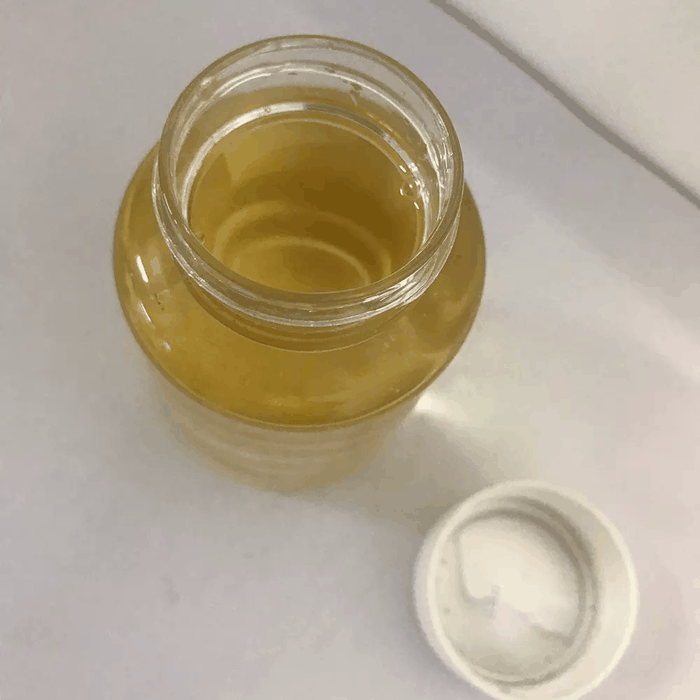 Methyl anthranilate 134-20-3 98%View Details
Methyl anthranilate 134-20-3 98%View Details
134-20-3 -
 Methyl anthranilate CAS 134-20-3View Details
Methyl anthranilate CAS 134-20-3View Details
134-20-3 -
 Methyl 2-Aminobenzoate CAS 134-20-3View Details
Methyl 2-Aminobenzoate CAS 134-20-3View Details
134-20-3 -
 Methyl anthranilate 98% For Synthesis CAS 134-20-3View Details
Methyl anthranilate 98% For Synthesis CAS 134-20-3View Details
134-20-3 -
 METHYL ANTHRANILATE For Synthesis CAS 134-20-3View Details
METHYL ANTHRANILATE For Synthesis CAS 134-20-3View Details
134-20-3 -
 Methyl Anthranilate Cas 134203, Packaging Size: Drum, For flavoring agentView Details
Methyl Anthranilate Cas 134203, Packaging Size: Drum, For flavoring agentView Details
134-20-3
